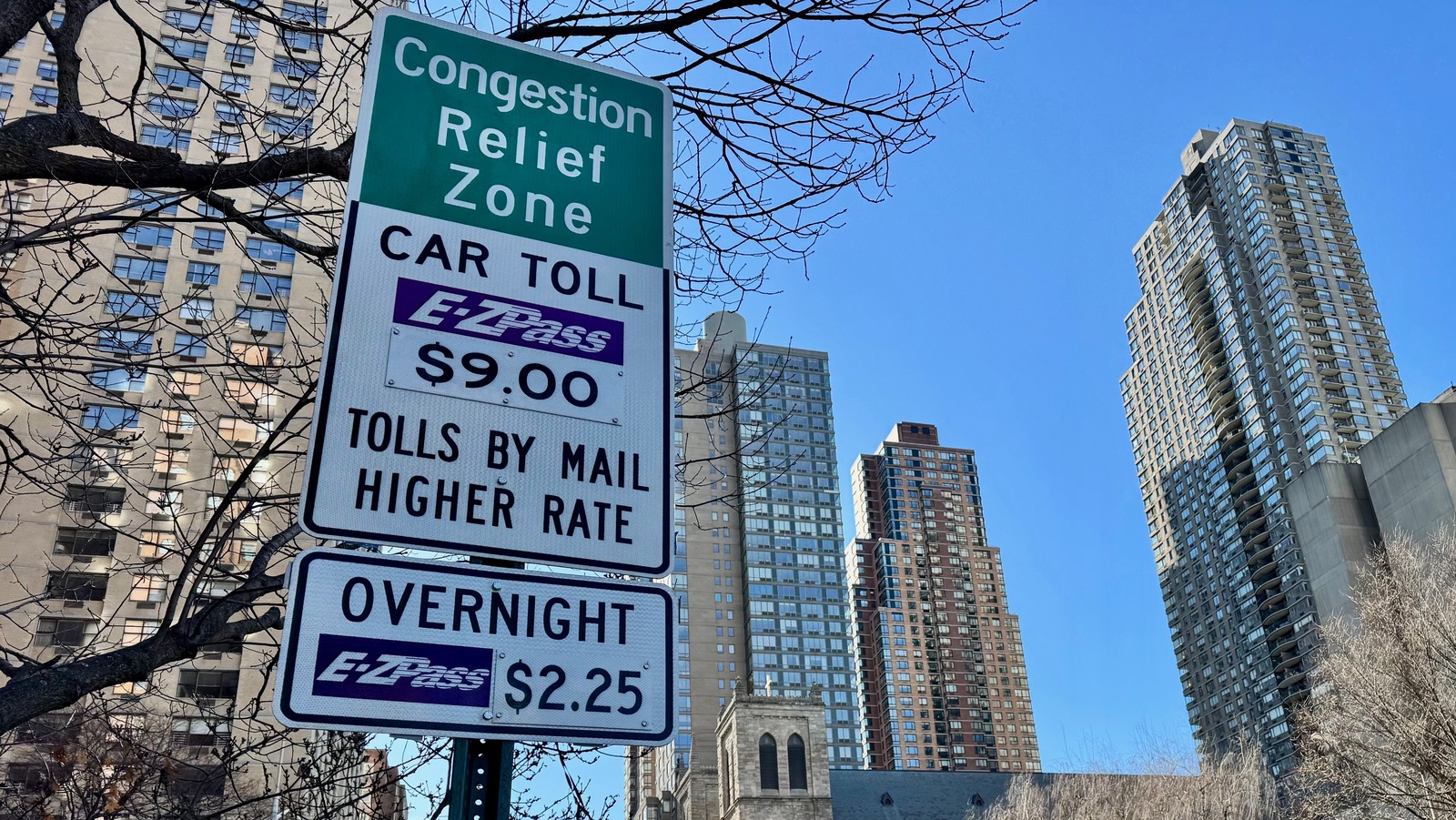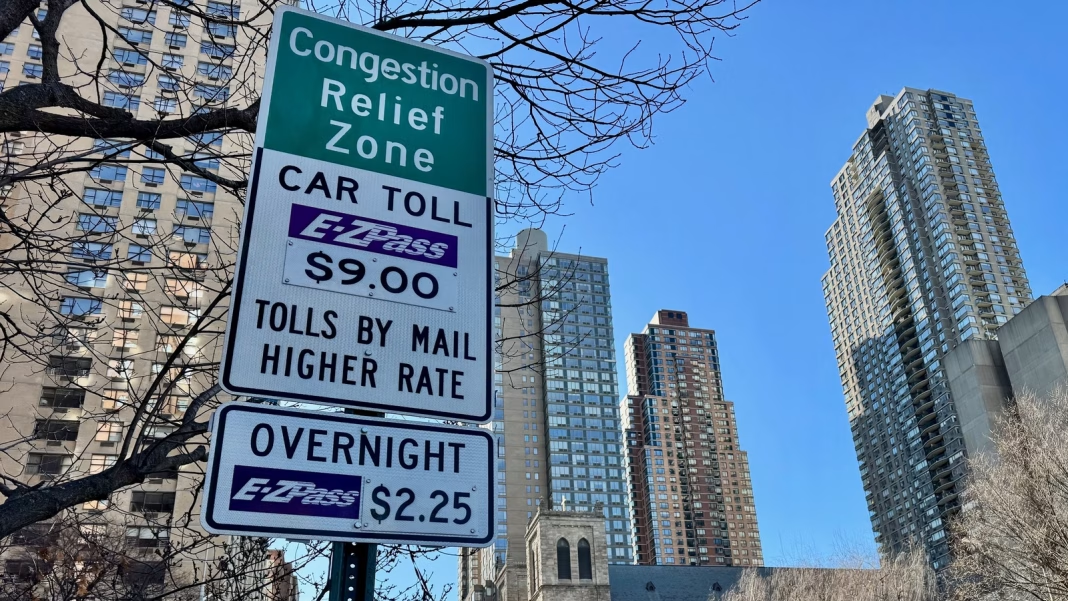President Trump has set his sights on New York City’s congestion pricing scheme, a program designed to alleviate traffic and improve air quality in one of the busiest urban centers in the world. This initiative, which charges vehicles entering Manhattan’s most congested areas, has garnered significant support for its potential to reduce gridlock and generate revenue for public transit. However, Trump’s opposition raises questions about the feasibility of dismantling such a well-supported program, especially considering the legal hurdles involved.
What’s the Deal with NYC’s Congestion Pricing?
First off, let’s break down what congestion pricing actually entails. The scheme aims to charge drivers a fee for entering certain parts of Manhattan during peak hours. The idea is simple: by discouraging unnecessary trips into the city, traffic congestion can be reduced, leading to a cleaner environment and a more efficient public transportation system. The funds collected are earmarked for improving transit infrastructure, which is a win-win for both commuters and the city’s economy.
Why Is Trump Opposed?
Trump’s opposition seems to stem from a broader ideological stance against measures perceived as government overreach. He argues that congestion pricing disproportionately affects working-class individuals who rely on their vehicles. While this concern is valid, it overlooks the potential benefits of reduced traffic and improved public transit options that could ultimately serve these very communities better.
Can Trump Actually Stop It?
Here’s where things get interesting. Federal prosecutors have expressed skepticism about whether the White House could successfully challenge the congestion pricing scheme in court. Legal experts suggest that the federal government would face significant obstacles in proving that the program violates any laws. After all, congestion pricing is not an unprecedented concept; cities around the world have implemented similar measures with varying degrees of success.
The legal landscape is complex, and any attempt to dismantle the program would likely lead to a protracted legal battle. This could drain resources and distract from more pressing issues, such as improving public transportation and addressing climate change.
What Do Experts Say?
Transportation experts and urban planners generally support congestion pricing as a viable solution to urban traffic woes. A study from the Institute for Transportation and Development Policy found that cities implementing such schemes have seen a significant reduction in traffic congestion and an increase in public transit usage. Moreover, cities like London and Stockholm have successfully navigated similar challenges, proving that congestion pricing can work when implemented thoughtfully.
Real-World Impact
Take London, for example. Since introducing congestion pricing in 2003, the city has seen a 30% reduction in traffic congestion and a 20% increase in public transport use. The revenue generated has been reinvested into the city’s transport infrastructure, leading to improved services and more sustainable urban mobility. New York City could follow this model, but only if it can withstand political pressures and legal challenges.
The Bigger Picture
The debate over congestion pricing is not just about New York City; it reflects a broader conversation about urban planning and sustainability. As cities grapple with increasing populations and environmental challenges, innovative solutions like congestion pricing will be crucial in shaping the future of urban mobility.
The big takeaway? Navigating the complexities of urban traffic isn’t about perfection—it’s about smarter adjustments. Whether you’re a city planner, a commuter, or just someone interested in the future of urban living, consider how small changes can lead to significant improvements. Start with one change this week, and you’ll likely spot the difference by month’s end.


